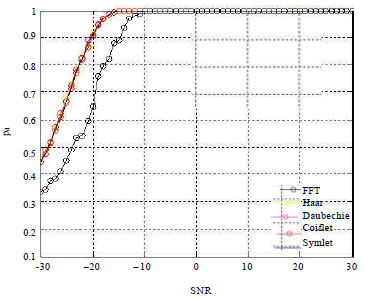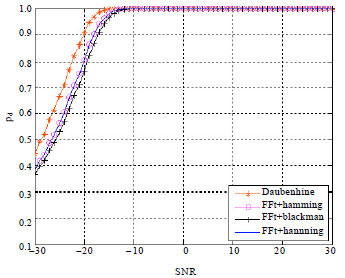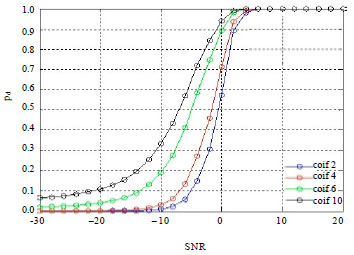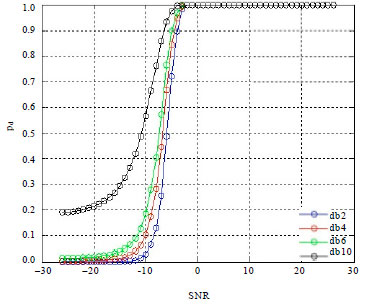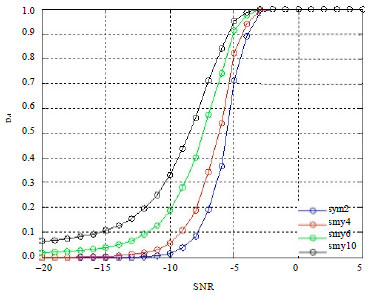Research Article
Wavelet Supersede FFT in MB-OFDM: an Effective Cognitive Spectrum Sensing
ECE, School of Electrical and Electronics Engineering, SASTRA University, India
K. Thenmozhi
ECE, School of Electrical and Electronics Engineering, SASTRA University, India










